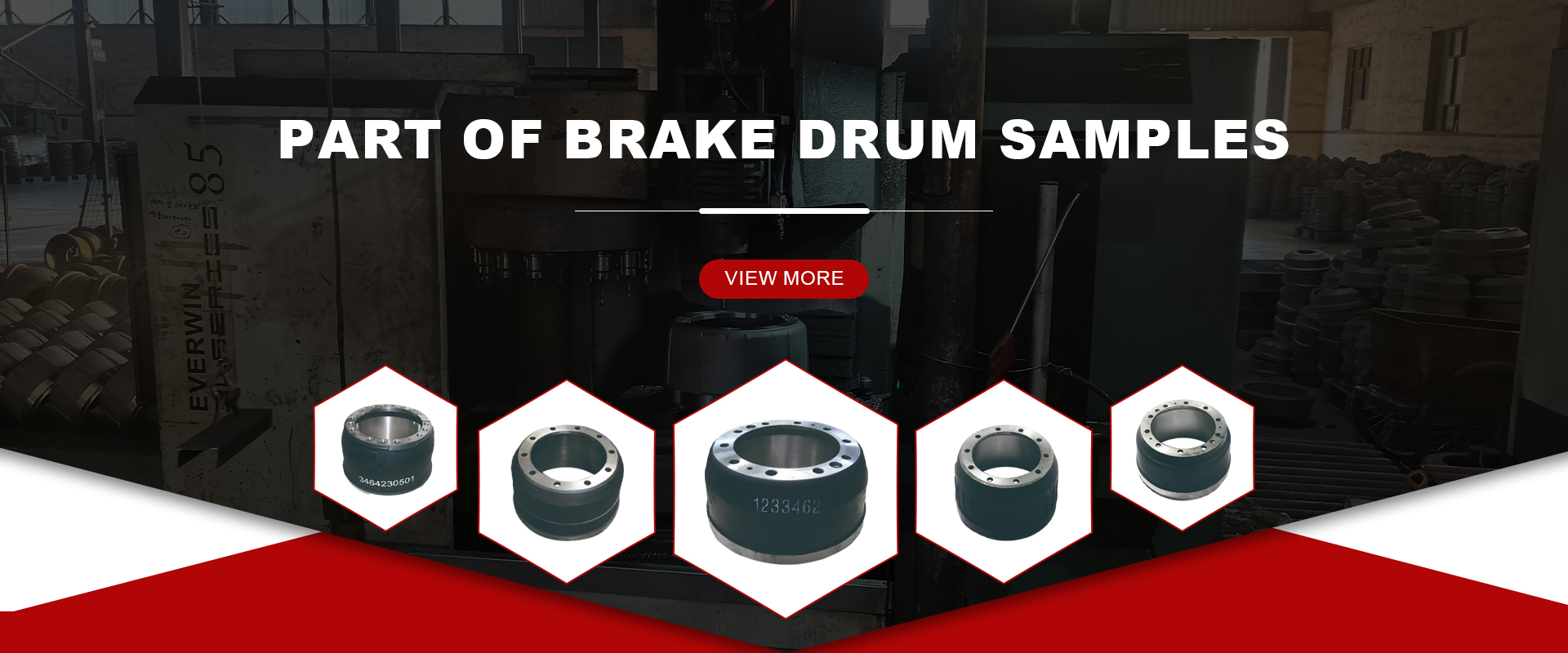Nov . 27, 2024 09:50 Back to list
Recycling Used Brake Drums for Sustainable Automotive Solutions
Understanding Scrap Brake Drums Importance, Recycling, and Environmental Impact
Brake drums are crucial components in vehicle braking systems, primarily in older vehicles and heavy-duty trucks. They play a vital role in ensuring the safety and functionality of a vehicle by providing the necessary friction to help stop the wheels. However, like many automotive parts, brake drums eventually wear out and become scrap. This article explores the significance of scrap brake drums, their recycling processes, and the environmental impact of their disposal.
What Are Scrap Brake Drums?
Scrap brake drums are essentially worn or damaged brake drums that are no longer suitable for use in vehicles. These components can become scrap for various reasons, such as excessive wear, cracking, or distortion due to heat generated during braking. Once a brake drum reaches this state, it is marked for replacement, and the old drum may end up in a scrap yard if not properly managed.
The Importance of Proper Disposal
Disposing of scrap brake drums responsibly is vital for both environmental and safety reasons. Brake drums are often made from cast iron, a material that, if not recycled correctly, can contribute to pollution and waste accumulation. Moreover, worn-out brake drums can sometimes harbor hazardous substances such as asbestos, which may have been used in the brake linings. The improper disposal of such materials poses health risks to humans and wildlife alike.
Recycling Scrap Brake Drums
The recycling of scrap brake drums is an essential process that benefits both the economy and the environment. Here’s how the recycling process typically works
1. Collection and Sorting Automotive repair shops, dealerships, and scrap yards collect worn brake drums, sorting them based on the material type. Generally, cast iron brake drums are easier to recycle compared to those made from composite materials.
2. Transportation Once sorted, the scrap brake drums are transported to recycling facilities equipped to handle metal processing.
3. Shredding and Melting At the recycling plant, the brake drums undergo shredding, which breaks them down into smaller pieces. These pieces are then melted down in a furnace at high temperatures.
scrap brake drum

4. Purification The melted metal is purified to remove any impurities or foreign materials, ensuring that the recycled metal meets quality standards for reuse.
5. Reforming and Reselling After purification, the molten metal is poured into molds to form new metal products. This recycled metal can be resold to manufacturers, contributing to the production of new automotive parts, construction materials, and other products.
Environmental Benefits of Recycling
Recycling scrap brake drums has several notable environmental benefits
- Resource Conservation Recycling reduces the need for virgin materials, conserving natural resources and minimizing the environmental impact associated with mining and processing new metals.
- Energy Savings Melting and reforming recycled metal typically require less energy than processing raw metal, leading to a reduction in greenhouse gas emissions.
- Waste Reduction By recycling old brake drums, the amount of waste sent to landfills is significantly reduced, promoting a more sustainable waste management system.
- Reduced Pollution Proper recycling prevents harmful chemicals and metals from entering the environment, mitigating pollution and ensuring better air and water quality.
Conclusion
Scrap brake drums may seem like mere waste, but their proper disposal and recycling play a vital role in promoting sustainability and environmental responsibility. As technology advances and the automotive industry continues to evolve, the focus on recycling and managing automotive waste will only become more important. Individuals and businesses alike must recognize the significance of scrap brake drums and ensure they are disposed of in an environmentally friendly manner. By doing so, we can contribute to a cleaner, greener planet and encourage the responsible consumption of resources in the automotive industry.
-
Scania Brake Drums: OEM Quality for Optimal Safety & Durability
NewsAug.16,2025
-
R.V.I: Advanced Remote Visual Inspection for Precision
NewsAug.15,2025
-
Discover HYUNDA: Innovative Vehicles, Equipment & Solutions
NewsAug.14,2025
-
R.V.I: Unlock Advanced Insights & Real-time Performance
NewsAug.13,2025
-
Kamaz Brake Drum: Durable & Reliable for Heavy Duty Trucks
NewsAug.12,2025
-
Heavy Duty Iveco Brake Drum - Premium Quality & Safety
NewsAug.11,2025
